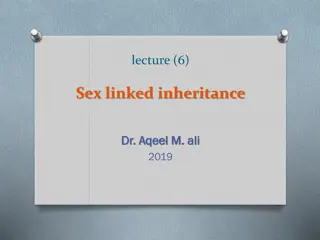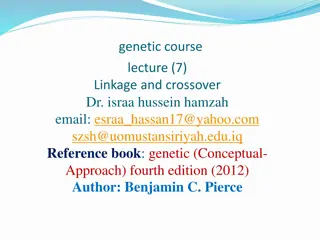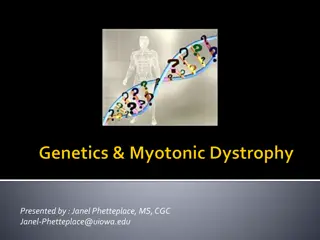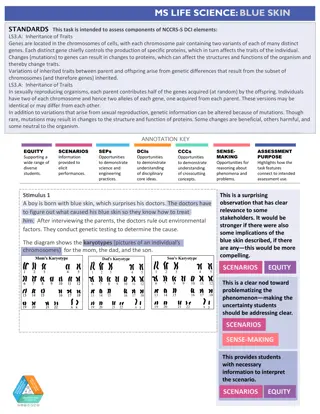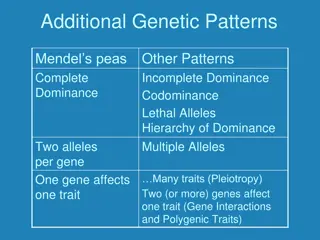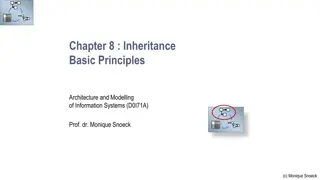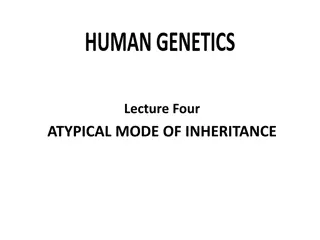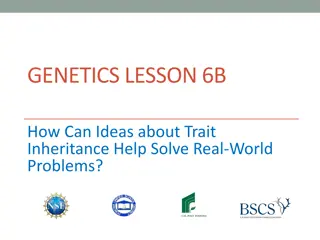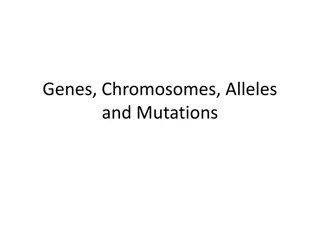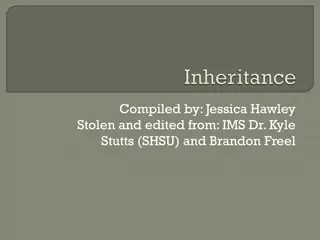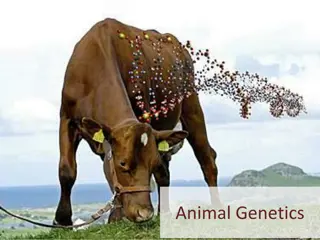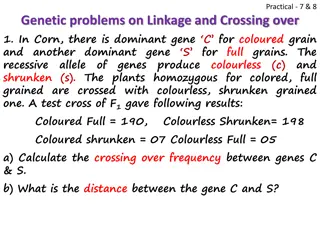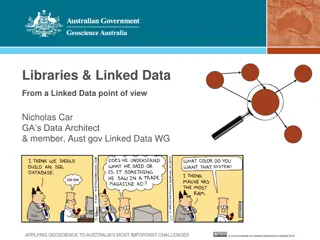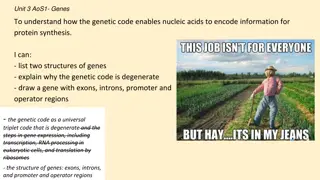Understanding Linked Genes and Genetic Mapping in Inheritance
Linked genes inherited together on chromosomes influence genetic traits. Discover the differences between sex-linked and linked genes, the concept of crossing over, linkage mapping, and the significance of gene distance in recombination. Explore the work of Alfred Sturtevant in gene mapping through crossover frequency analysis.
Download Presentation

Please find below an Image/Link to download the presentation.
The content on the website is provided AS IS for your information and personal use only. It may not be sold, licensed, or shared on other websites without obtaining consent from the author. Download presentation by click this link. If you encounter any issues during the download, it is possible that the publisher has removed the file from their server.
E N D
Presentation Transcript
Sec 15.3: Linked genes are Sec 15.3: Linked genes are inherited together inherited together Pg 292
Whats the difference between sex linked and linked genes linked genes? sex linked genes
Whats the difference between sex linked genes and linked genes linked genes? sex linked Sex linked a single gene on a sex chromosome (X or Y) Linked two or more genes on the same chromosome!
Linkage Map Linkage Map Are the chances higher for a fly to have vermillion eyes and miniature wings or white eyes and rudimentary wings? Explain.
It is similar to breaking a pearl necklace Genes or pearls that are closer together are more likely to stay together, than the ones farther away.
After Morgan came Alfred Sturtevant a 19-year-old Columbia University undergraduate who was working with Morgan, realized that if the frequency of crossing over was related to distance, one could use this information to map out the genes on a chromosome. After all, the farther apart two genes were on a chromosome, the more likely it was that these genes would separate during recombination.
Linkage Map : a genetic map that is based on the percentage of crossover events Map unit: a genetic map that is based on the percentage of crossover events
Lab Set up For example, to find the distance between P (vermilion eyes) and M (long wings), Sturtevant performed crosses between flies that had long wings and vermilion eyes and flies that had small wings and red eyes. These crosses resulted in F1flies that either had long wings and red eyes or long wings and vermilion eyes. Sturtevant then crossed these two types of F1flies and analyzed the offspring for evidence of recombination
Sturtevant then worked out the order and the linear distances between these linked genes, thus forming a linkage map. In doing so, he computed the distance in an arbitrary unit he called the "map unit," which represented a recombination frequency of 0.01, or 1%. Later, the map unit was renamed the centimorgan (cM), in honor of Thomas Hunt Morgan, and it is still used today as the unit of measurement of distances along chromosomes.
A.) Are the chances of AB crossing over greater than BC? Explain.
Draw a linkage map for the following: The frequency of recombination for cn and b is 9% The frequency of recombination for cn and vg is 15% The frequency of recombination for b and vg is 24% Solution: Draw the greatest distance first and then the work your way towards the shortest distances.
A Summary of Genetic Recombination & Gene Mapping Watch, Learn & Practice! ~10mins with Bozeman Science Link: https://www.youtube.com/watch?v=TU44tR0hJ8A
Determining Recombinant Frequencies Determining Recombinant Frequencies Small numbers of non parental phenotypes are explained by cross-over events! This creates the occasional break in the linkage of genes & new recombinants
Calculating Recombination Frequencies: Number of recombinants Total number of offspring x100
Wild Type, gray normal Black vestigial Gray vestigial Black normal G/g n/n (nonparental phenotype) G/g N/n (parental phenotype) g/g n/n (parental phenotype) g/g N/n (nonparental phenotype) 1 1 1 1 G/g N/n (parental phenotype) g/g n/n (parental phenotype) 0 0 1 1 ACTUAL Results 965 944 206 185
Number of recombinants Total number of offspring x100 Number of recombinants: Total number of offspring: The recombination frequency for these linked genes , G/g and N/n ____
Number of recombinants Total number of offspring x100 Number of recombinants: 206 + 185 = 391 Total number of offspring: 965 + 944 +206 + 185 =2300 The recombination frequency for these linked genes , G/g and N/n __17 %__



